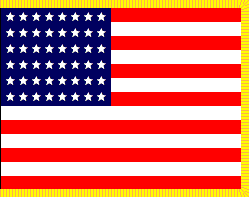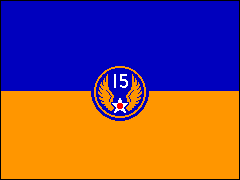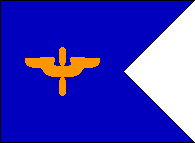UNITED STATES ARMY AIR FORCES
DISTINGUISHING FLAGS & GUIDONS • FIFTEENTH AIR FORCE • WORLD WAR II
NATIONAL STANDARD, SERVICE & DISTINGUISHING FLAGS

FIFTEENTH AIR FORCE
XV FIGHTER COMMAND
XV SERVICE COMMAND
5th BOMBER WING (HEAVY)
47th BOMBER WING (HEAVY)
49th BOMBER WING (HEAVY)
55th BOMBER WING (HEAVY)
304th BOMBER WING (HEAVY)
HEADQUARTERS ELEMENT GUIDONS
5th PHOTOGRAPHIC GROUP (RECONNAISSANCE)
154th WEATHER RECONNAISSANCE SQUADRON (MEDIUM) (P-38)
2641st SPECIAL GROUP (PROVISIONAL)











